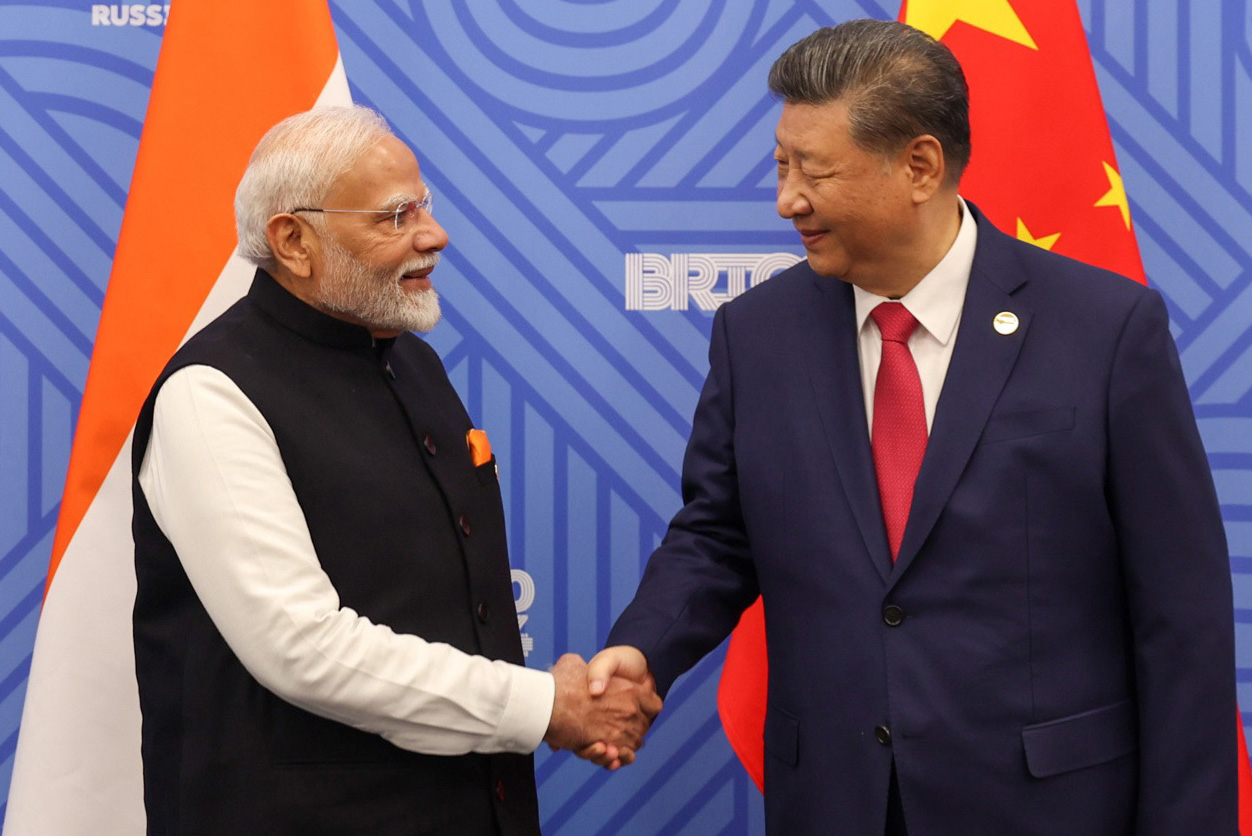An expensive and environmentally ruinous development project, built to appease Modi’s Hindu nationalist base, and approved following all manner of legal manoeuvres, represents a ticking time bomb in India’s mountains.
Uttarakhand, a state in northern India crossed by the Himalayas, is known for its Hindu pilgrimage sites. Also known as Devbhoomi or the Land of Gods, is home to numerous temples and welcomes devotees all year round.
Among the countless religious sites and circuits that devotees visit in Uttarakhand, one of the most prominent is the Char Dham Yatra. The Char Dham project was announced by Prime Minister Narendra Modi at a total cost of ₹12,000 crores (times ten million), as an expensive sop to Hindu nationalism, while workers, poor farmers and youth lack accessible hospitals, jobs and the basics of life. The foundation stone of the project was laid by Modi on 27 December 2016 at Parade Ground in Dehradun.
This project aims to improve the existing condition of highways in Uttarakhand. As part of the development, the government will upgrade the road that connects all four ‘Dhams’ that are Gangotri, Yamunotri, Kedarnath and Badrinath.
Slikyara Tunnel collapse
On 12 November 2023, 41 workers working in the Silkyara Bend–Barkot tunnel experienced a terrible accident. At 5:30 IST, rocks and debris began to fall, tapping all 41 workers inside the tunnel. The collapsed rocks and debris created a barrier of about 60m between the workers and the exit. The rescue mission officially started on 13 November and lasted for 17 days.
This was in fact an accident waiting to happen. The Himalayas are young mountain ranges that are just 40-50 million years old, which makes them fragile and unstable for heavy construction. But during the last few decades, this area has undergone heavy construction which has resulted in many natural catastrophes. This was all known before the collapse occurred.
As terrifying as this situation was, it was only a harbinger of worse to come.
Political crisis
Since the announcement of the Char Dham project, many environmentalists have come forward to voice their concerns about the impact on the ecology of the Himalayas. According to the Forest Conservation Act (1980), construction of a road more than 100km long requires an environmental impact assessment from the Ministry of Environment, Forest and Climate Change. which decides whether the area is suitable.
The Char Dham project, despite being more than 900km long, was broken up into 53 small segments allegedly to avoid the rigours of the environmental impact assessment.
The Supreme Court of India in August 2019 appointed a 26-member committee led by Dr Ravi Chopra, Environmentalist and Water Management expert, to investigate the potential environmental and social ramifications of this project in Uttarakhand.
In July 2020, 21 out of 26 committee members supported the government’s plan. In response, Dr Ravi Chopra wrote a letter of warning to the environment ministry and after this, the Supreme Court considered Ravi Chopra’s recommendation, limiting the Char highway’s width to 5.5m (against the majority recommendation). By this time, the government had already planned a masterstroke to bypass the order of the Supreme Court.
Impending disaster
The Char Dham project, which was earlier meant for religious pilgrimages, took a 180-degree turn and converted to a project meant for national security. The Ministry of Defence appealed for constructing a double-lane road to meet the army’s requirements in the areas along the Line Of Actual Control (LAC).
On 14 December 2021, the court allowed the continuation of the Char Dham project. After the judgement, the Himalayan region under the project’s impact saw extensive slope cutting and deforestation. Roads up to 10m were built with slopes up to 45 degrees. They removed vegetation cover that provides natural protection against landslides, which has led to an average of one landslide a day in the last couple of years.
The Silkyara tunnel collapse was a mere glimpse of the instability of the Himalayas, caused by the Char Dham project. Modi’s media rejoiced after the rescue of the 41 workers trapped in the tunnel: which only happened thanks to their corruption and short-sighted policies. Little wonder they refused the report the cause of the incident. The pathetic opposition raised no serious objection in parliament. Now the nation waits for another such disaster to take place.
This is further evidence that Modi cannot be trusted with the future of the nation. He is willing to put countless lives in jeopardy for his narrow political considerations, as we have seen time and time again on countless fronts: from mass privatisation, to attacks on labour rights, to the whipping up of religious and ethnic hatred.
This reactionary regime must be overthrown by the organised working class, before it causes any more damage. The communists say: it is not workers, but Modi and Indian capitalism that must be buried!










